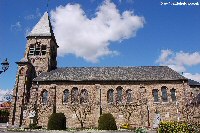Gheluvelt
The World War One Battlefields site is undergoing a major update, with pages being converted to a new, user-friendly mobile format. The updated pages can be found at Updated World War One Battlefields. Some pages such as this one remain in the original format pending update.
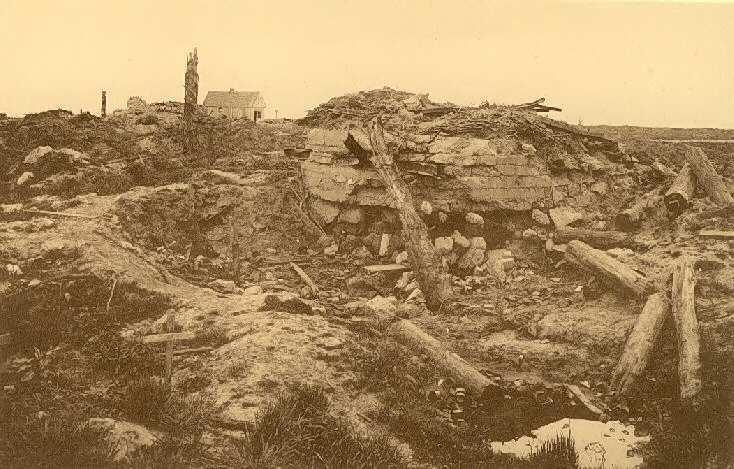
Gheluvelt just after the War. Photo: NELS
This village, which is today marked on maps as Geluveld, came to prominence during the First Battle of Ypres, in 1914, when there was a famous stand by the 1st South Wales Borderers and the 2nd Worcesters here in October 1914 (for more on this see below).
It is a village which straddles the main road (the N8, also known as the Menin Road) for quite some distance. Driving into the village from Ypres, continue through the outskirts until the church, which is on the left hand side. There is a car parking area by the church, and the village War Memorial stands in front of it.
Within the church is a memorial plaque to Lieutenant Littleboy of the 16th Royal Warwicks. This can be found just inside the church to the right. Littleboy is buried at Hooge Crater Cemetery, and a picture of his grave there can be found on the Hooge page.
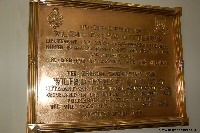
Memorial plaque to Lieutenant Littleboy
Just to the north of the church is the Chateau. An information board located at the gates gives the historical backgound: the chateau site was owned from 1737 by the Keniglaert family, and they retained the site after the war until 1965. A brief summary of the First Battle of Ypres is also given, along with a map, explaining how the German 54th Reserve Division attacked the village on the 29th of October 1914, and how the 1st South Wales Borderers held on. The 2nd Worcesters were brought in to bolster the line, and retook the village in a counter-attack - and although it was lost late on the 31st of October, the momentum of the German advance had been broken.
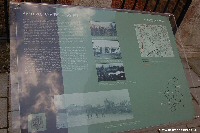
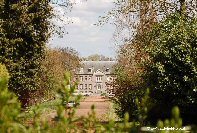
Information board at the gates to Gheluvelt Chateau today (right)
From here, to the east along a modern pathway are two memorials, to the two b attalions, the 2nd Worcesters and the 1st South Wales Borderers involved in that action. There are benches in front of them in what is a peaceful spot, as well as what look to be the remains of the old Gheluvelt mill.
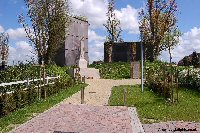
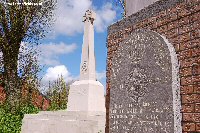
A modern pathway leads to the two memorials, to the 2nd Worcesters and South Wales Borderers
The inscription on the South Wales Borderers memorial reads 'In ever glorious memory of the officers and men of the South Wales Borderers who fell in the Great War'. At the base of the pillar surmounting the memorial is the crest/insignia of the regiment, with underneath it '1914-1918'.
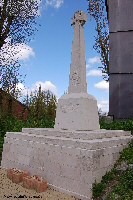
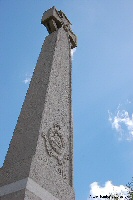
Memorial to the South Wales Borderers
The Memorial to the 2nd Worcesters takes the form of a granite stone which is set on a small brick wall.
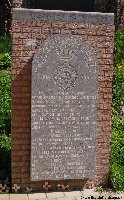
Memorial to the 2nd Worcesters
However, the Worcesters memorial was previously in a more ornate setting, comprising not only the granite slab seen today but set in the wall of a private house, lined by columns and with the word "Memorial" above. There was also a small frontage containing flowers on either side, as shown below.
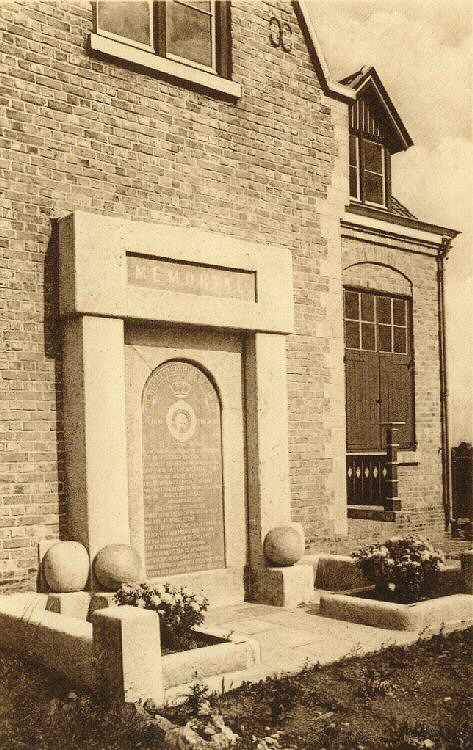
The Memorial to the the 2nd Worcesters in it's original location. Photo: NELS
The Germans held Gheluvelt almost throughout the war, until it was retaken on September the 28th 1918 - nearly four years after it had fallen. By that time the village had been destroyed.
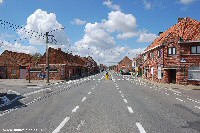
The road from Gheluvelt towards Ypres
The main road from Gheluvelt leads as straight as an arrow towards Ypres. At a point just before it does bend to the left, and where another road joins from the right, is a spot which was known during the war as Clapham Junction. There are two memorials located at Clapham Junction, which is now by an Alfa Romeo and Fiat garage. The Gloucesters memorial is on the left side as you travel towards Ypres, and is now surrounded by houses. The left and right sides of the memorial show the battle honours, including Gheluvelt.
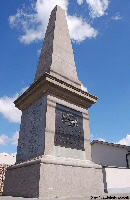
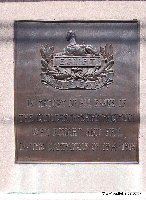
Memorial to the Gloucestershires at 'Clapham Junction'
On the opposite side of this busy road is the 18th Division Memorial, which is identical to the one found at Thiepval on the Somme. The area around the memorial was previously grassed. On the right side of the memorial are listed the units that made it up, whilst the rear records the fact that the Roll of Honour is held at Colchester.
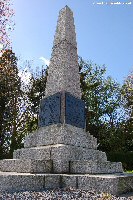
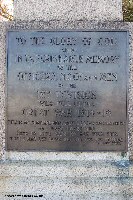
Memorial to the Gloucestershires at 'Clapham Junction'
The left side of the memorial lists the battle honours of the Division, by year.
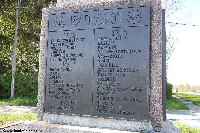
Battle honours listed on the 18th Division Memorial
Sources & Acknowledgements
Beatrix Brice: The Battle Book of Ypres
Major & Mrs. Holt: Battlefield Guide to the Ypres Salient
The Times online archive

